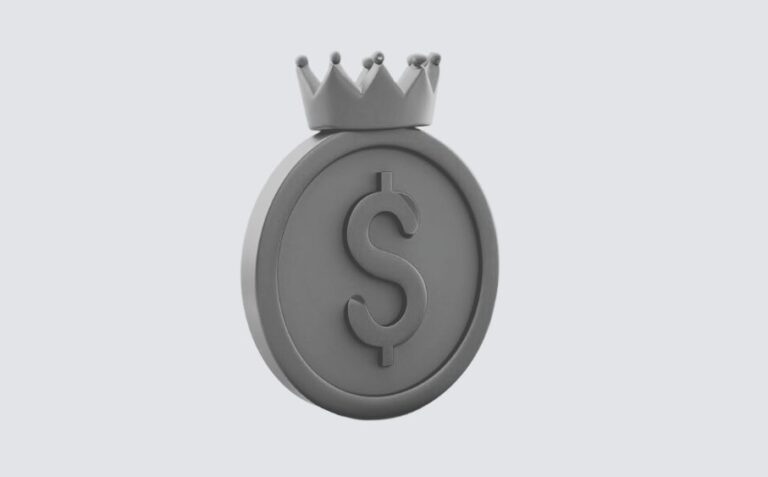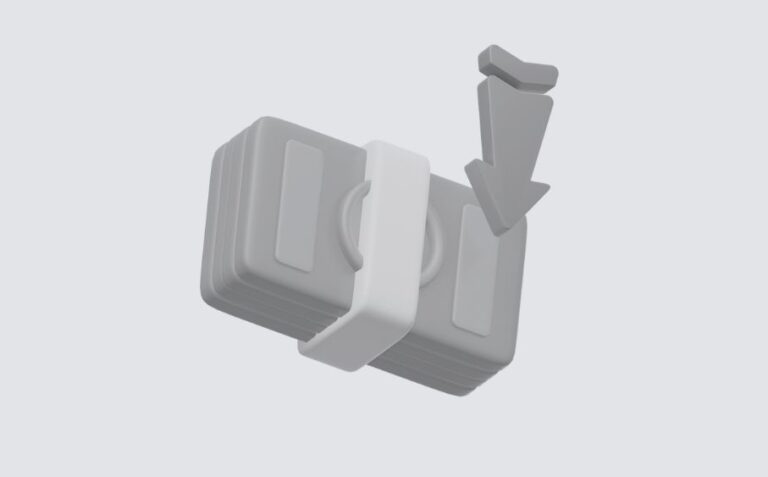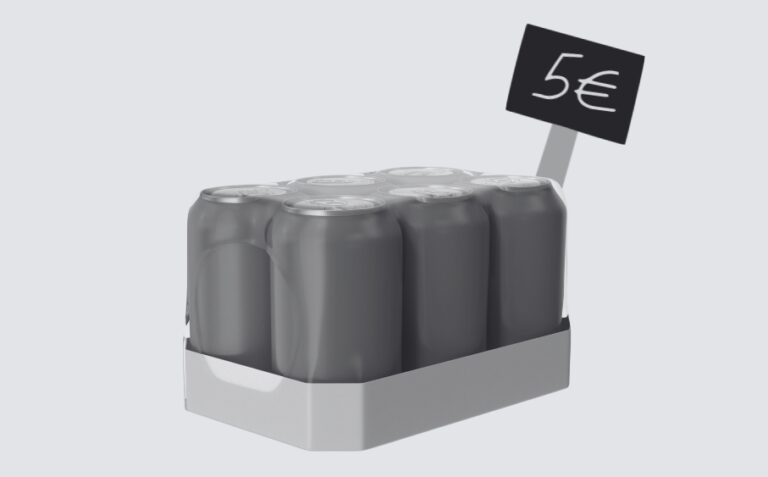Penetration pricing is a strategy that lets company enter markets with a lower initial price to gain market share quickly. The main goal focuses on building a broad customer base along with competing against rivals through offering products at a more affordable price. After establishing brand loyalty or expanding customers, businesses raise their prices.
The formula shows how penetration pricing benefits companies in saturated markets because low costs attract buyers:
Initial Low Price + High Sales Volume = Market Penetration
Why Penetration Pricing is Important for Ecommerce
Penetration Pricing is a really effective method for ecommerce startups to establish themselves. The competitive nature of online retail makes pricing a deciding factor for consumers. This pricing method helps online sellers create brand recognition along with attracting many shoppers as well as keeping up with established merchants. When HelloFresh, a meal kit delivery service, entered the market, it used this method by offering significant discounts on the first few orders.
Factors Influencing Penetration Pricing
Market Share Growth
Companies can attract price-sensitive consumers and quickly build a large customer base by offering products at a lower price. Xiaomi used this approach in the mobile phone market by introducing devices that delivered premium features along with affordable prices, which attracted many buyers quickly.
Competitive Pressure
Companies face challenges to match reduced prices while keeping their profits. Companies that plan to recover initial deficits experience short term financial constraints. Several subscription box providers including Blue Apron, started with major first box discounts but faced difficulties maintaining earnings as they grew.
A lack of success often forces businesses to exit the market. Dollar Shave Club entered with razors priced way below Gillette or other established brands, which changed market dynamics. The temporary strain on profitability caused by initial low costs needs precise financial management.
Product Types Suitable for Penetration Pricing
Penetration pricing works well with everyday consumer goods like household items or electronics because customers react strongly to prices. Fast-moving industries regularly apply reduced introductory prices to attract early users and create momentum against competitors. The Google Home Mini launched at prices really below Amazon’s Echo Dot to secure market position.
Quality Perception
A low price point often reduces perceived product worth since buyers link it to inferior quality. High-end labels actively avoid this method to preserve their premium image.
Price Increases After Implementing Penetration Pricing
Any cost increase risks customer dissatisfaction and reduced purchases when consumers become accustomed to low prices. Uber first drew riders through rates below traditional cab fares but faced backlash after raising prices.
Customer Loyalty
Consumers who are accustomed to using a product at an affordable price, tend to become loyal to the brand, even when prices rise. Spotify initially offered lower-cost streaming subscriptions than buying individual songs or albums.
Applications in Business
Market Entry Strategy with Penetration Pricing
Startups often employ penetration pricing to impact the market and outshine competitors immediately. Startups may choose to increase rates later once they have a presence in the market.
Subscription Services
Many services that depend on subscriptions use penetration pricing to succeed. Disney+ chose to begin its streaming platform at prices well below Netflix or HBO Max to attract users quickly.
Retail Launches
Retailers might introduce new products at discounted prices. When Walmart first introduced its “Great Value” grocery line, the prices stayed lower than those of famous brands, which encouraged shoppers to try the products and helped build recognition.
Practical Examples
Several market leaders have utilized penetration pricing effectively. Netflix entered streaming with subscription costs below cable TV prices. The company attracted millions of customers quickly before raising rates gradually.
Peloton serves as another good case. During its market entry, the company sold exercise bikes along with memberships at reduced prices, which really appealed to consumers seeking budget-friendly fitness solutions.
Conclusion
Penetration pricing strategy works well for companies that want to enter competitive markets. Low prices attract buyers and build loyalty. Companies that set low prices in the first place can increase their market share and establish a presence before increasing prices for better profits. However, companies must note that early profits will reduce due to possible customer reactions when prices rise. Nonetheless, penetration pricing remains a valuable tool for helping businesses expand quickly in saturated markets.





